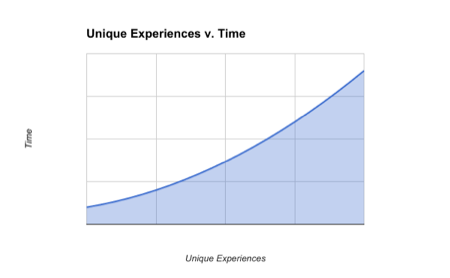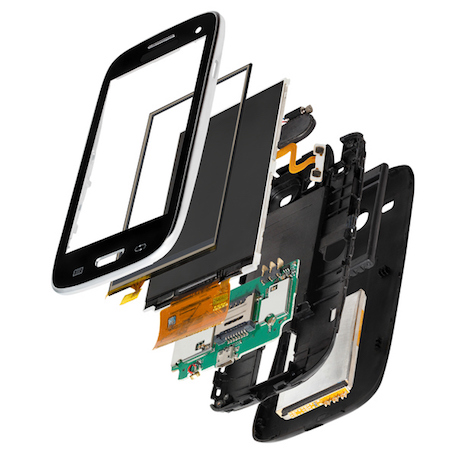5 Design Tips for Modern Digital Marketing
Published on by Dan Klco
This article was originally posted at http://blogs.perficient.com/adobe/2017/05/25/5-design-tips-for-modern-digital-marketing/
When implementing a new digital marketing platform, many organizations struggle with how to design their vision so it can be easily and sustainably implemented using modern digital marketing technologies. Here are five key tips that I believe will help organizations looking to implement their digital marketing vision, ensure that their creative and design process yields a sustainable and easy to implement deliverable.

1. Eliminate Special Snowflakes
One of the key principles of user experience is to not surprise users. Designing for reusability and consistency across page types, experiences, and the entire digital marketing platform will pay dividends later on and provide a better user experience. So eliminate the special snowflakes!
Although there may be a temptation to tailor every experience with a unique look and feel, consistency is better. Implementing many, varied experiences will cost significantly more during the implementation process vs. a modularized experience. Additionally, when a digital marketing platform does not feel like a cohesive experience, it detracts from the overall user experience.
By taking the time upfront to create a solid, reusable design foundation, you can save time during the implementation as well as provide a superior experience for your users.

2. Consider Information Architecture
We've all used a site where it's hard to understand where you are within the navigation. Generally, this is not due to a technical constraint but a lack of forethought about information architecture.
A well thought-out information architecture presents the content on your site in a way that is digestible to users and supports your digital marketing platform implementation. Your analytics reports are more meaningful if they can be tied to specific information in a logical hierarchy, and your process for ingesting and managing content will be easier if it can be managed through a similarly consistent hierarchy.
Information architecture definition is a challenging process, as it requires the analysis and agreement upon how to organize content. This can have significant political ramifications within an organization as stakeholders can be personally invested in a particular paradigm. However, shortcutting this process creates a muddled user experience and difficulty in implementing and supporting your digital marketing platform.

3. Deconstruct and Decompose
Many design teams think in terms of pages and page types. This is an old school way of going about the design process. Modern digital marketing platforms support modularization, which allows one design to be reused across many page types.
Instead of thinking about design from a single page type perspective, think about how the same components of a design could be used on many pages. A single call to action could be tailored to many different parts of an experience, by enabling it to display differently depending on the context in which it is placed. By rethinking design at a component level, rather than a page level, you can maximize reuse of the same functionality while providing a rich user experience.

4. Consider the Whole Platform
I am sure we are all familiar with a company that looks and feels very different depending on how you are interacting with them. This is a user experience fail!
Individual components of a digital marketing platform should feel consistent no matter the technology, device, or interaction. This means more than having consistent branding. Each component should have a similar voice, experience paradigm and design. Providing a consistent end-to-end user experience will reduce user confusion and reduce duplicate work during your implementation.
Design and implementation teams should break free from organizational silos and collaborate to ensure consistency, no matter what part of a digital marketing platform they are working on.

5. Better not Perfect
Design is a journey, rather than a destination. Instead of focusing on creating the "perfect" design, designers should focus on continually improving. By focusing on better, not perfect, designers can ensure that their designs focus on the 20% of improvements that will yield the 80% of results. Rather than creating a "perfect" design up front, create a design that can be brought to market quickly, then tested and iterated upon.
Modern digital marketing tools give us tremendous insights to how designs are perceived by users. Keeping the principle of better not perfect and relying on iterative improvements will yield a quicker implementation and better results than attempting to create the perfect design in the first go.
In Conclusion
I hope these tips help your organization, whether you are considering a digital marketing platform implementation, update or just refresh. Please leave us a comment or contact us if Perficient integrated end-to-end delivery could help your organization succeed at designing and implementing your digital marketing platform.
Tags
comments powered by Disqus